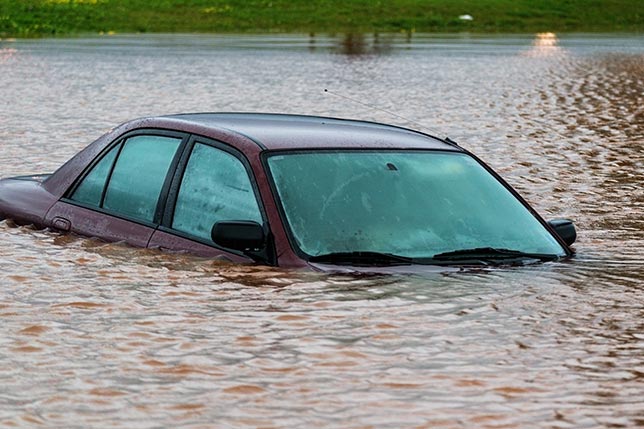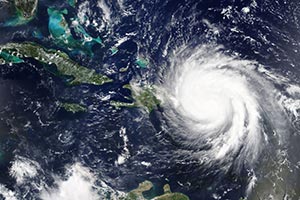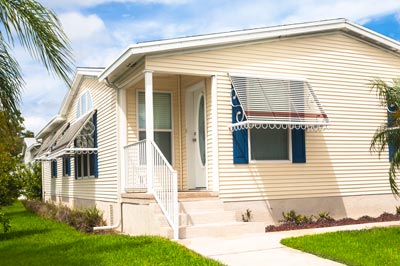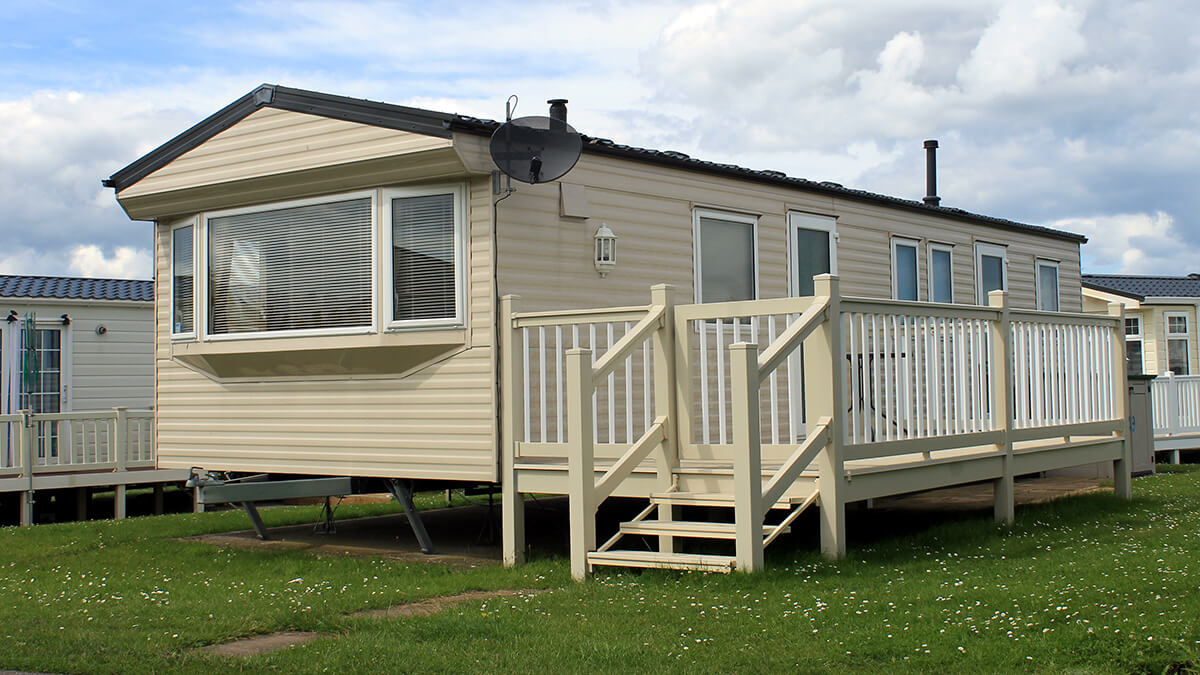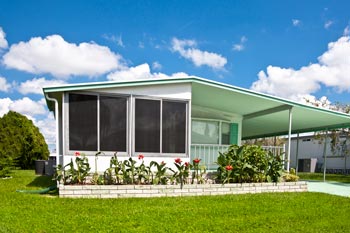How to attract birds to feeder

Bird feeders offer an eye-catching glimpse of nature right in your own yard. Many take pleasure in this low-maintenance hobby all year round. Whether you love watching wildlife or you just want to add a decorative element to your yard, a birdfeeder creates a charming interest point. Learn the basics of bird feeding with these ideas and helpful tips.
Attracting birds
There are so many different kinds of feeders to choose from, each attracting different kinds of birds. Some birds prefer to perch on a small dowel while others prefer to eat right from the ground. Redpolls, nuthatches, woodpeckers and chickadees tend to prefer tube feeders. Jays, finches, sparrows and crossbills like to sit on trays. When you purchase a feeder, don't just think about the style that would look nice in your yard also think about the feeder style that the birds would prefer.
Consider different kinds of food options for the birds. Many people resort to the popular seed mix that usually sells in a large quantity. Seed mix attracts cardinals, jays, nuthatches, chickadees, flickers and white-crowned sparrows. The mixed seed is inexpensive and readily available. But if you watch birds that flock to eat it, you'll see that they intentionally eat the tasty seeds and kick out the artificially flavored seeds from the mix. The seeds they like best are the sunflower seeds. Try a black-oil type sunflower seed to see a variety of birds that will keep coming back for more.
Many birds including sparrows, finches and chickadees favor a beef fat called suet which provides birds with a concentrated source of energy. Suet mixed with peanut butter is a favorite meal for woodpeckers, cardinals, goldfinches, jays, bluebirds, thrushes, and wrens. The winter months are the best time to offer suet so the fat stays cool. Genuine suet will melt and rot leaving a horrendous smell if it's warm. Although you can cook up your own suet, it is best to use an artificial suet made especially for birds. Artificial suet provides the same nutrients but can be used any time of the year.
If you want a specific kind of bird at your feeder make sure to buy the food it will like best. Mourning doves and song sparrows love canary seed. All small finches will devour niger or thistle seed. Look into the varieties of seed available and consider other feeding options as well. Many birds like to eat the foods we do. Jays, chickadees, woodpeckers and nuthatches like peanut hearts. Orioles love grape jelly and orange halves. Try foods like popped popcorn, pieces of melon or other fruit, cereal and cooked oatmeal to see what kinds of birds will come.
If birds aren't coming to your feeder:
- Wait for a few weeks longer. They either have to get used to the feeder or there might be plenty of natural foods around the area. When the food sources begin to dwindle, the birds will find their way back to your feeder.
- Throw away all the seed and thoroughly clean out the feeder. The seed might be infested with harmful bacteria or it might be rotten from getting wet.
- Consider where the feeder is located. Predators might be scaring the birds away.
- Try wrapping some aluminum foil around the top of the feeder. The reflection may lure the birds in to eat.
- When purchasing seed, look at the packaging. It may be infested. A burlap bag lets insects in easily. A plastic bag with patched punctures may indicate a chew hole from bugs. Retailers might store the feed in a place easily infested with insects.
Plant food
Although the same birds might visit a feeder regularly, they do not completely depend on your food for a primary source of energy. Birds get most of their nutrition from eating things like insects, worms and berries. Rather than a feeder, consider planting a tree or shrub that will give a food source to the birds and enhance your landscaping. Birds like to eat from trees such as red cedar, juniper, hawthorn, crab apple, dogwood, hackberry, and sweet gum. Plumb bushes, holly, honeysuckle, currants, barberry, chokeberry, elderberry are favorite plants as well. Check with a gardening store or soil conservation district to see what kinds of native plants will thrive best in your yard.
Water
Providing a water source is a sure way to attract all species of birds. Whether it's a built-in pond or a simple birdbath, water offers a fresh place for the bird to bathe and drink as opposed to polluted run-off rain and snow. Beginning in autumn to mid-winter, natural sources of food start to dwindle making a feeder and bath most attractive at this time of year. Birds need water most during the winter season when it is in short supply and when they need to warm themselves by bathing. In the winter a heated birdbath offers a warming station and energy source which will quickly be adopted.
Location and time
- Place your feeder near shrubs and trees to provide a protection place for smaller birds. A small bird in an open area makes a quick meal and an easy target for larger birds or other predators.
- Some birds prefer to eat seed spread on the ground. Don't do this if you know of any outdoor cats around your area.
- If you want to hang a feeder from your house, start by placing it away from buildings and then gradually move it closer to the destination point after birds are used to feeding from it.
- When spring rolls around lay dryer lint, yarn scraps and dog hair near the feeder for the birds to use as they nest.
- The busiest mealtime for birds is in the morning and at nightfall.
- If you place a feeder by the window, put a decal on the window. Birds see their reflection in the window and may think they are flying into trees and fly into your window instead. A decal will take away this illusion.
Pests
- To get rid of squirrels that scare away the birds, consider a wire mesh protector, a baffle below or above the feeder or purchase a squirrel-resistant feeder.
- To repel blackbirds and squirrels, try mixing safflower seeds into the feed.
- Be aware of outdoor cats on the loose! Cats are one of the most threatening predators to birds and will look to a bird feeder as easy access to catching dinner.
Feeding
- Large birds eat dog food, a cheaper alternative to seed.
- Birds use grits to help them digest seed. Mix crumbled eggshells in your seed as a grit-alternative and an added calcium source.
- If there are too many birds coming to eat and making a mess, put less seed in the feeder or use a specific kind of feed to attract only the birds you want to see.
- For less mess, use a feeder with a tray under it to catch leftover seeds or seed shells.
